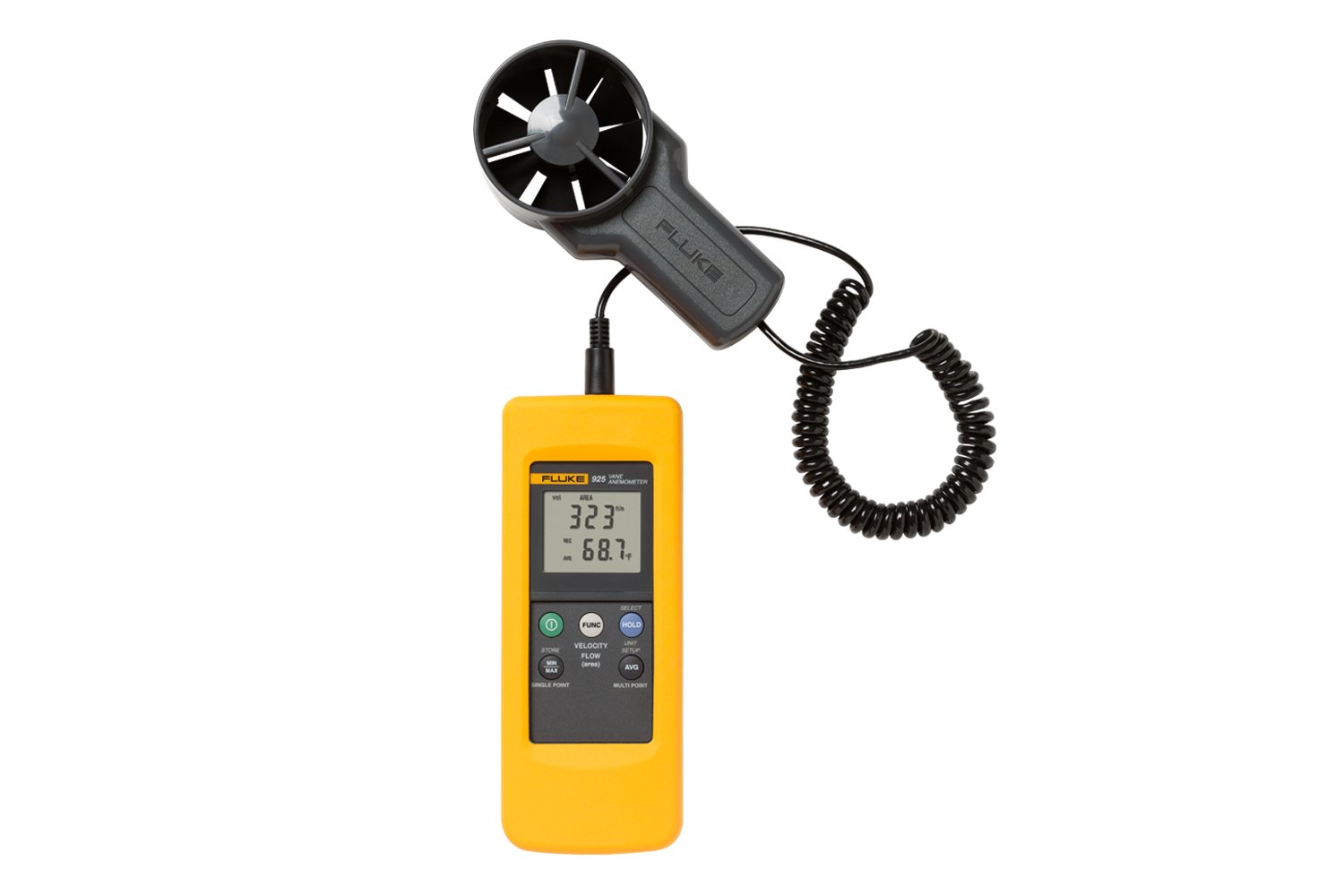Anemometer Innovations: The Current Innovation for Wind Rate Dimension
Anemometer Innovations: The Current Innovation for Wind Rate Dimension
Blog Article
All You Required to Learn About Anemometers: Just How They Work, Why They Matter, and Where to Utilize Them
Anemometers, however commonly overlooked in the realm of scientific tools, play a critical function in various fields, providing useful understandings into wind speed and air flow patterns. As we dig into the complexities of anemometer technology, we will discover the inner workings of these gadgets, their importance, and the key factors to consider when selecting the best anemometer for specific applications.

Anemometer Essentials
A vital instrument utilized to determine wind rate and direction, the anemometer plays an important duty in meteorology and various industries. An anemometer normally is composed of three or 4 mugs that revolve in the wind, a vane that points right into the wind, and sensing units to track the activities or turnings.
There are different types of anemometers readily available, consisting of mug anemometers, vane anemometers, hot-wire anemometers, and sonic anemometers, each with its distinct functions and applications. Cup anemometers are generally used for standard wind rate measurements, while vane anemometers are favored for directional measurements.
Principles of Anemometer Procedure
Building on the foundational understanding of anemometer fundamentals, the principles of anemometer operation illuminate the technicians behind wind rate and instructions measurements. Anemometers operate the principle of air flow influencing a sensor, causing it to turn. Mug anemometers, for example, have three or more mugs that capture the wind, causing them to spin much faster as the wind rate rises. The rotation rate is after that converted into a wind speed measurement. Vane anemometers, on the various other hand, make use of a tail or a probe that aligns itself with the wind direction, giving a dimension of wind direction based on the alignment of the sensor. Hot-wire anemometers depend on a heated cord that cools as wind passes over it, with the price of cooling establishing the wind rate. Ultrasonic anemometers step wind speed and direction by evaluating the time it takes for ultrasonic signals to take a trip in between transducers. Recognizing these concepts is essential for accurate and trusted wind dimensions in different applications.
Importance of Anemometers
Anemometers play a critical role in determining wind speed and direction, providing crucial information for weather forecasting, climate studies, environmental monitoring, and aviation operations. Meteorologists depend on anemometers to gather accurate wind information, helping them understand weather patterns, predict storms, and problem timely warnings to the public. Wind ranch drivers make use of anemometers to analyze wind problems and make the most of electrical power production from wind turbines.
Applications Throughout Numerous Industries
In the sustainable power industry, anemometers play a critical duty in assessing wind problems for wind ranch positionings, making certain optimum energy manufacturing. Industries like construction and mining utilize anemometers to monitor wind speeds, vital for safety and security methods, specifically when functioning at elevations or in open-pit mines where solid winds can present dangers. In agriculture, anemometers help farmers in handling crop spraying by providing real-time information on wind rate news to stay clear of drift.

Choosing the Right Anemometer for Your Demands
For general purposes, a cup anemometer is ideal for measuring wind my sources rate, while a vane anemometer supplies wind instructions information. Hot-wire anemometers are excellent for low airspeed dimensions, and ultrasonic anemometers offer high accuracy and durability.

Final Thought
In final thought, anemometers play a vital duty in measuring wind speed and instructions across various markets. It is important to consider the importance of anemometers in order to make informed decisions when choosing the most suitable gadget for gauging wind conditions.
There are different types of anemometers available, consisting of mug anemometers, vane anemometers, hot-wire anemometers, and sonic anemometers, each with its one-of-a-kind features and applications. Mug anemometers are typically utilized for fundamental wind rate dimensions, while vane anemometers are liked for directional dimensions. Hot-wire anemometers are suitable for low airspeeds, and sonic anemometers are ideal for high-precision dimensions in her response research and industrial settings.Building on the foundational understanding of anemometer essentials, the concepts of anemometer procedure clarify the mechanics behind wind rate and instructions dimensions. For basic functions, a cup anemometer is ideal for gauging wind speed, while a vane anemometer provides wind direction information.
Report this page